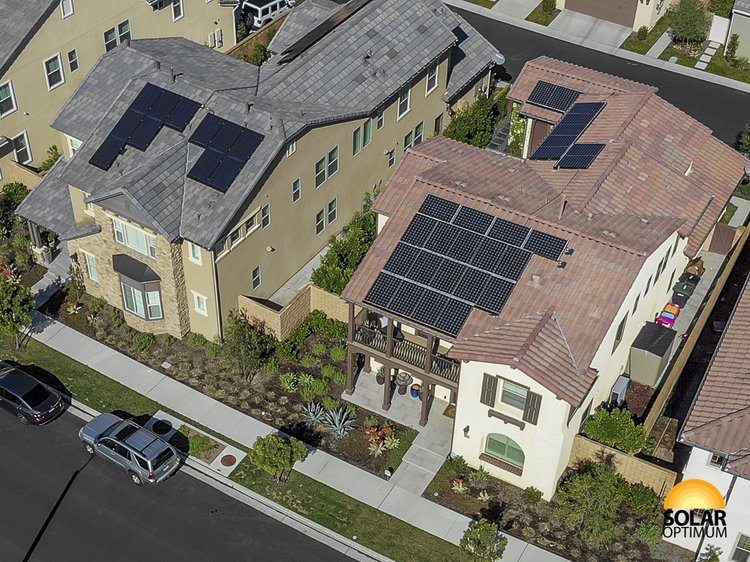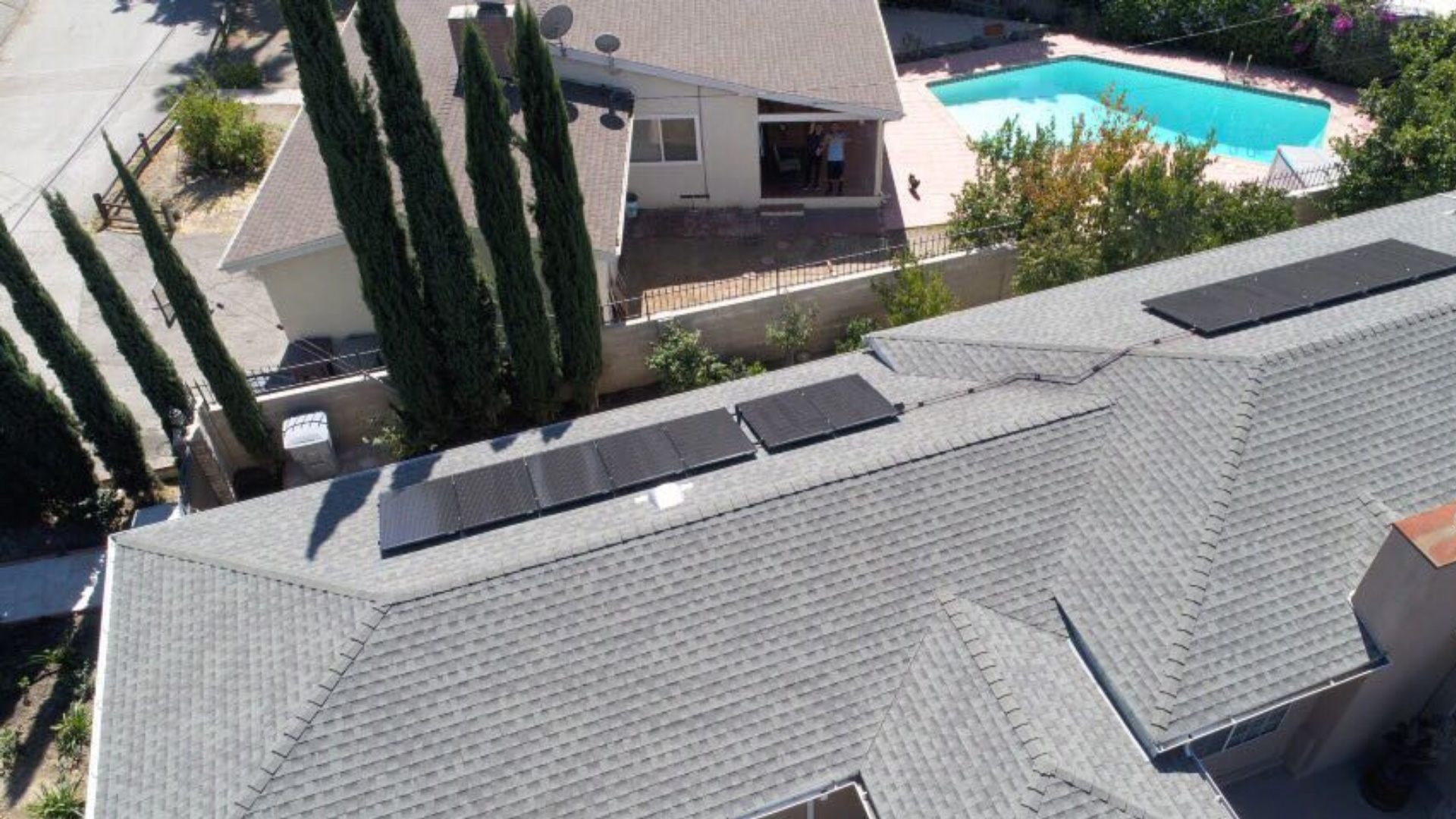On September 14th, any last attempts to argue against the NEM 3.0 proposal set forth by the California Public Utilities Commission (CPUC) were due. The California Solar & Storage Association (CALSSA) has already submitted its closing arguments on behalf of the industry. In addition, several hundred businesses, including solar panel companies, have appealed to Governor Newsom to take a stand. They are requesting a more favorable outcome for businesses and homeowners, who are considering buying solar panels in the future. CPUC is expected to announce their final decision about the new NEM 3.0, which dictates how utilities will credit solar homes for any surplus power sent back to the grid, in December or January. After the CPUC has made a decision, there will be a grace period of one-two months before NEM 3.0 takes effect.
The evolution of California’s NEM
NEM was implemented in California in 1995 and has undergone several amendments over the years – most significantly in 2016 when CPUC introduced NEM 2.0. This revised version reduced the financial benefits of solar homes by requiring homeowners with solar panels to pay various fees, including a grid-connection fee and monthly transmission fees. Now, CPUC is pushing for yet another revision, which favors the local utility companies (Pacific Gas & Electric, Southern California Edison, and San Diego Gas & Electric) and lowers current incentives for future solar customers. In other words, NEM 3.0 can have a significant impact on any homeowner’s future solar panel investment.
“The new proposed NEM 3.0 goes against everything California has been working towards in terms of the state’s clean energy goals”, said Rainier de Ocampo, VP of Marketing at Solar Optimum. “If NEM 3.0 becomes a reality as it has been presented – without any revisions to the proposal – it will allow local utility companies to monopolize the energy market at the expense of residential solar power and stand in the way of the progress California has made in green energy. Ultimately it will raise the question: “Are solar panels worth it?” among homeowners in the future”, Nicholson said. He concluded: “We at Solar Optimum want to make sure the answer to that question continues to be yes.”
The current proposal recommends a substantial reduction in kwh credits (the price the utility companies credit customers for their excess power that is sent back to the grid.) The proposal also includes a monthly fee for having residential solar. This fee has not yet been finalized, but the proposal states an amount between $40-$75/mo. Based on simulations calculated by EnergySage, NEM 3.0 could change an average six-year solar payback to 12 years – reducing by half the return on investment.
What does NEM 3.0 mean for those who want solar panels for homes?
Until the transition from the current NEM 2.0 to the new NEM 3.0 takes place, all the benefits and guarantees that fall under NEM 2.0 are still in effect for 20 years after installation. It is anticipated that the interconnection application submittal date of any new solar projects will dictate whether they will be grandfathered in with NEM 2.0 or not. However, there is a risk that the cut-off is based on the PTO (permission to operate) date, which usually comes two-four weeks after application submission. For anyone looking to go solar, it means that they should start the process as soon as possible. Most new solar projects can take anywhere from one to four months to complete, depending on geographical area, the utility company, and size of the solar project. In addition, adding battery storage to residential solar panels is advisable with the new NEM 3.0. This is because a home battery allows homeowners to keep their own surplus energy and save it for when they need it the most instead of having to sell it back to the grid.
Because of the deadline for the decisions surrounding NEM 3.0 and the many uncertainties about the consequences, Solar Optimum recommends any homeowners who are thinking about going solar to contact Solar Optimum’s energy experts with any questions regarding NEM 3.0.






